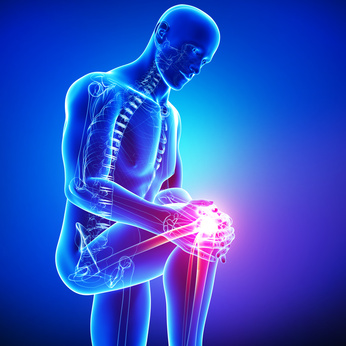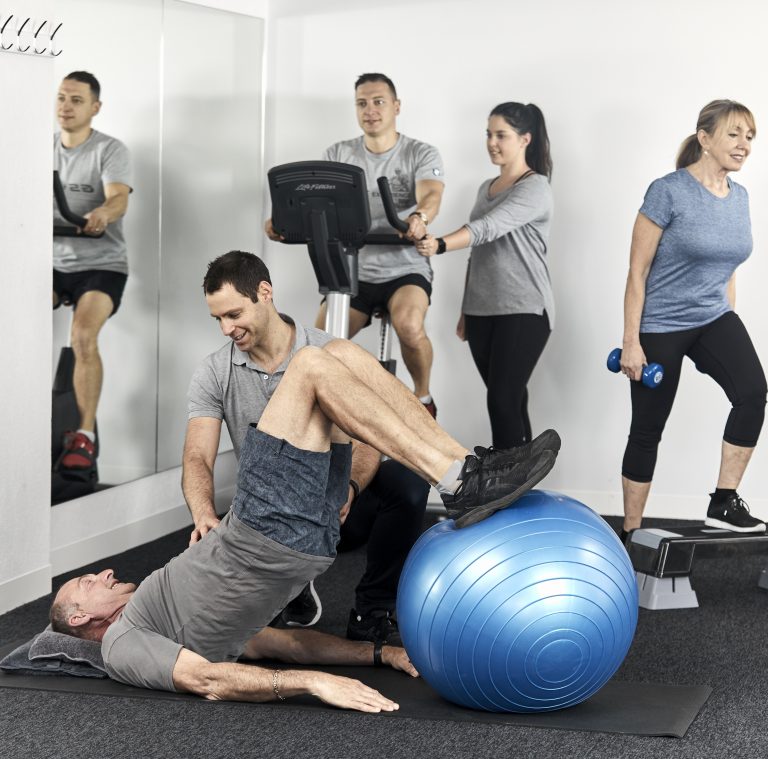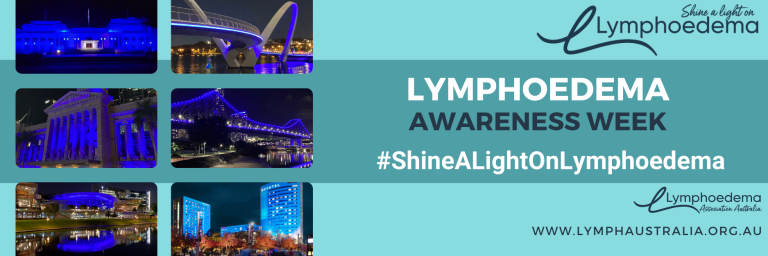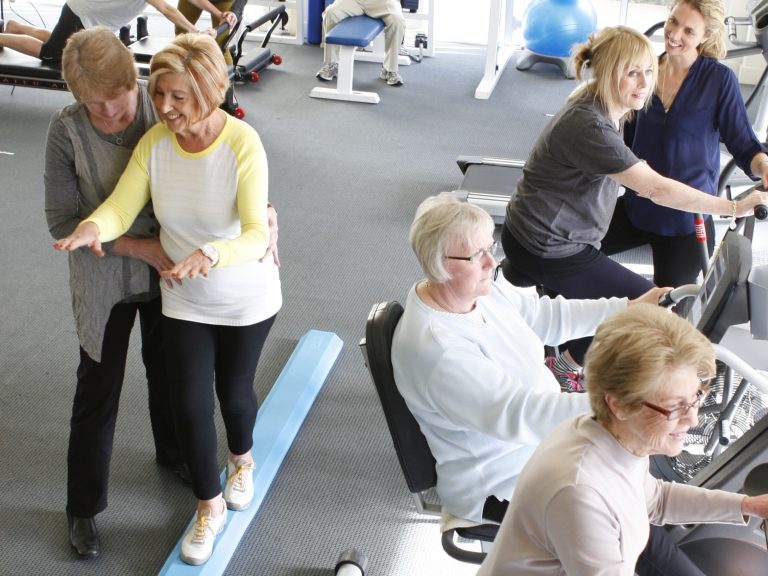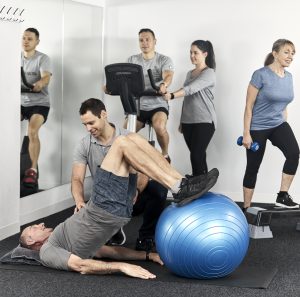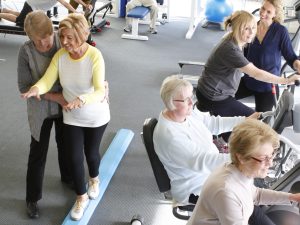5 Chronic Pain Myths
Chronic pain, or pain that sticks around for longer than three months, affects one in five Australians. We have all experienced pain. Think of the last time you stubbed your toe, got a paper cut, or burned yourself on the oven. It is certainly not fun, but it usually goes away quite quickly. Imagine though, what it would be like to have pain that does not go away and is there every single day — that is chronic pain.
Myth 1: Pain is all in your head
A common misconception is that some people are only in pain because they are weak, anxious, depressed, or do not deal well with stress. This is not correct. Every experience you have — touch, warmth, itch, pain — is created by the brain and thus is all in your head, but it does not mean they are not real. Similarly, pain is a real experience that represents your brain being in protective mode and making an executive decision that your body is under threat. If there are sufficient signals of danger present, then the output of pain is produced. Things like fear, anxiety, or depression can increase pain levels and can increase the chance of persistent pain. But often, these feelings only develop after a person already has chronic pain.
Myth 2: Medications are the only treatment that will help you
There are many ways to treat pain without getting out the pill packet, including our personal favourite – EXERCISE! Our brain combines information about our body from lots of sources, such as touch, vision, movement and sound. Because all this information is combined together, it means that changes in information from one source, such as vision, can change information from another source, like the danger signal coming from our body to the brain. There many other options available for sufferers of chronic pain that do not involve medication, including:
- Exercise supervised by a health professional;
- Behavioural therapy, particularly therapy that focuses on reducing fear of movement in order to change behaviour;
- Explaining pain education, which helps people understand that pain is not representative of tissue damage;
- Mindfulness therapy, where a patient learns to acknowledge their pain, but allows it to pass by not focusing on the negative consequences of the pain.
Myth 3: More tissue damage means worse pain
Contrary to popular belief, you can experience pain without any tissue damage at all. Conversely, you can have tissue damage and not experience pain. Just think about a time where you have had a bruise that you do not remember getting — you had tissue damage, but no pain. It is especially important to understand that pain is not an accurate indicator of tissue damage in people with chronic pain, as often their tissue damage has already healed. Many things can change how much pain you experience, without changing how much tissue damage there is. In people with chronic pain, the nervous system itself can become especially sensitive. It is like a radio; if you turn up the volume, it does not mean the announcer is speaking louder, it just means that you are amplifying the sound. Similarly, if the nervous system is sensitive, it is amplifying signals to the brain, which results in more pain — regardless of how much tissue damage there is.
We also know that things that fire together, wire together. So if you often feel anxious when there is a twinge of pain during movement, then the areas of your brain that activate with movement, anxiety and pain all get very good at firing together. This means that just movement or anxiety can activate this anxiety-pain-movement brain network. So you feel pain, without there actually being a danger signal from damaged tissue.
Myth 4: You should get a scan to discover the pain source
Having an X-ray, MRI, or CT scan is common practice if someone is experiencing back pain. There are some cases when these scans are needed, such as when certain red flags are present (for example, problems with bowel or bladder function) or if you have been in a bad accident. But most often they are not needed, and there is evidence to suggest that MRIs are overused. The problem is that MRIs are very sensitive, and not that specific, meaning that they will detect even tiny little changes — but the changes detected often do not relate at all to the pain. For example, 60 per cent of people without any back pain at all will have evidence of damage to the discs in their back. And more than half of those aged between 30 and 40 will have signs of degeneration (arthritis) in their back, despite not having any back pain at all.
If you need any more convincing that scans are not the best idea, it is helpful to look at how people do when they have a scan versus when they do not. People with lower back pain who get an early MRI have a worse outcome than people who do not get an MRI. This worse outcome may be due to unnecessary medical intervention, like surgery. But poor outcomes may also be due to increased levels of fear. It is scary to think that your back may not be structurally sound — and we know that this fear can make things worse.
Myth 5: A stiff upper lip is all you need to block out pain
Recovering from chronic pain has nothing to do with having a stiff upper lip, or being stoic. In fact, people that are stoic may have worse outcomes, as they are less likely to go to the doctor. This delay in seeking care can allow problems to get much worse before they are treated. And we know it is much harder to treat a chronic problem than it is to treat a problem that has not been around for as long.
If you are suffering from chronic health issues – come in and speak to one of our Platinum Physiotherapists about our wide range of exercise programs to help get you moving forward towards a healthier and happier life!
Source: ABC Health – Dr Tasha Stanton
http://www.abc.net.au/news/health/myths-about-chronic-pain/7704554

